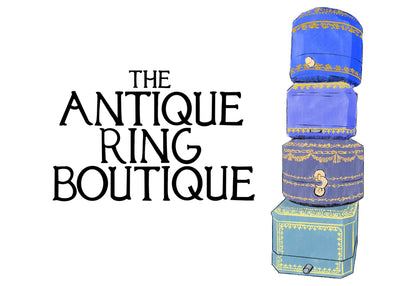Platinum is one of the most favoured precious metal for engagement rings. Platinum wedding settings are popular among brides and grooms. The metal's indestructible property is appreciated as a symbol of eternal commitment and love. Platinum's attractiveness for diamond jewellery has grown even bigger than gold's due to cultural connections as "the greatest of the best."
The history of platinum in jewellery
The oldest evidence of platinum use may be discovered in Egypt during the Old Kingdom period. As a 'contamination,' specks of platinum group metals can be found in ancient Egyptian gold craftsmanship. Platinum stayed with the gold throughout all purifying procedures due to its great density, chemical inertness, and hardness, and was then integrated throughout the metalworking process. But they are tiny specks compared to the hieroglyphic patterns found on a copper alloy box recovered in Thebes in the 7th century BC. Because it bears the name of Shepenupet II, an Ancient Egyptian princess of the Twenty-fifth dynasty (about 700 BC to 650 BC), the box can be precisely dated.
Why platinum?
Platinum is, without a doubt, the most preferred precious metal for engagement rings, and for good reason. Platinum wedding settings are popular with many brides and grooms. The metal's indestructible property is a treasured emblem of lifelong devotion and love. Platinum's attraction for diamond jewellery has grown even bigger than gold's due to cultural connections as 'the greatest of the best.'
What do platinum rings symbolise?
According to legend, platinum represents real love, purity, exclusivity, and strength. Platinum has properties that are comparable to the ideals of eternal pure love. Platinum engagement rings, wedding bands, and anniversary rings are worn all over the world to signify love's unending persistence. Platinum is pure, a mirror of inner truth, and an expression of honesty. Platinum has a beautiful white sheen due to its purity. This helps to reflect diamonds' natural brightness.
